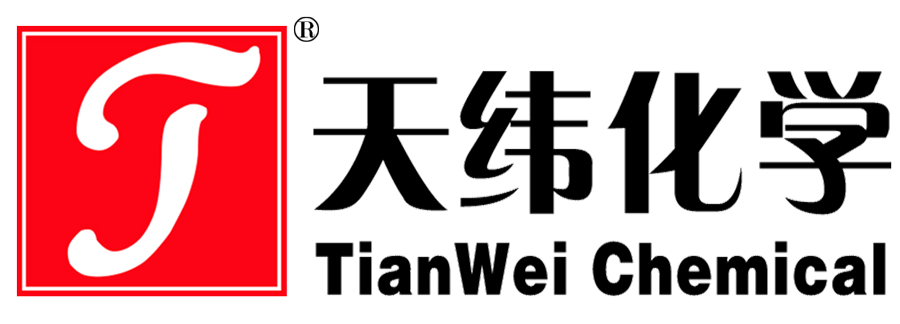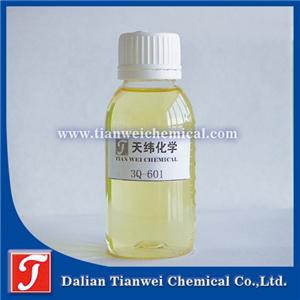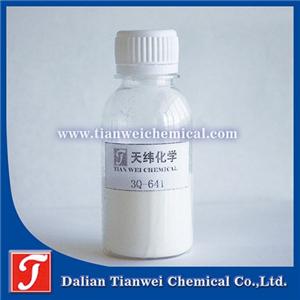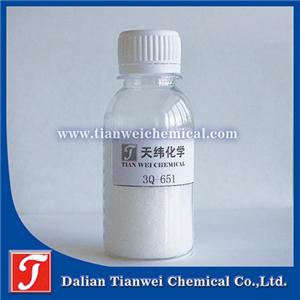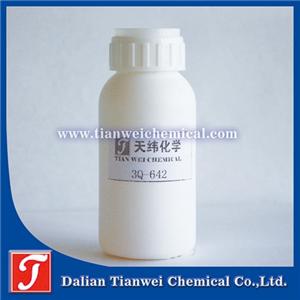Antibacterial and deodorizing auxiliaries for clothing fabrics: A new choice for health and comfort empowered by technology
In the fast-paced modern life, people's demands for clothing have gradually shifted from merely providing warmth and covering the body to pursuing functionality and health. Among them, the antibacterial and deodorizing function, which is directly related to the health and comfort experience of the wearer, has become an important development direction in the field of clothing fabrics. Antibacterial deodorizing auxiliaries, as the core material for achieving this function, are bringing revolutionary changes to the textile industry through continuous technological innovation
I. Core Mechanism of Action of Antibacterial and Deodorizing Additives
Antibacterial deodorizing agents achieve highly efficient antibacterial effects by disrupting the cellular structure of bacteria, interfering with metabolic processes or inhibiting enzyme activity. For instance, nano-silver ion antibacterial agents release silver ions to penetrate the bacterial cell membrane, destroying its internal structure and causing the leakage of cellular contents, thereby rendering the bacteria inactive. Organosilicon quaternary ammonium salt antibacterial agents adhere to the surface of fibers through chemical bonding, forming a long-lasting antibacterial layer that inhibits bacterial reproduction. For odor control, additives achieve this by neutralizing, decomposing or adsorbing odor molecules. For instance, the carboxyl groups contained in some finishing agents can undergo neutralization reactions with alkaline odor molecules such as ammonia, converting them into odorless substances. The lauric acid deodorant coated with zeolite powder captures odor molecules through physical adsorption, reducing their diffusion in the air.
Ii. Technological Iteration: From Single Function to Compound Efficiency Enhancement
Early antibacterial deodorization technologies mostly relied on a single component. For instance, although quaternary ammonium salt antibacterial agents could inhibit bacterial growth, they had poor washability. With the development of technology, compound additives have become mainstream. For instance, when nano-silver is combined with quaternary ammonium salts of organosilicon, it not only retains the broad-spectrum antibacterial property of silver ions but also enhances the wash resistance through the film-forming property of organosilicon. As a result, the fabric can still maintain an antibacterial rate of over 99% after 50 standard washes.
Iii. Application Scenarios: Full coverage from intimate clothing to outdoor equipment
1. Sportswear: Say goodbye to the embarrassment of sweat smell
When exercising, the sweat secreted by the human body provides a breeding ground for bacteria, causing unpleasant odors in clothes, fabric spoilage and even skin sensitivity. Antibacterial deodorizing agents reduce the production of sour and foul odors by inhibiting the bacteria that breed in sweat. For instance, after a certain sports brand applied silver-based antibacterial finishing agents to quick-drying clothes, users reported that "after continuous exercise for 2 hours, the odor of the clothes was significantly reduced." In addition, additives can also enhance the functionality of fabrics. For instance, when combined with conductive fibers to develop smart temperature-controlled blankets, they can achieve dual effects of antibacterial and temperature control.
2. Close-fitting fabrics: Guarding the health defense line
Fabrics that come into prolonged contact with the skin, such as underwear and socks, can easily cause problems like itching and unpleasant odors due to bacterial growth. Silver ion antibacterial agents precisely inhibit harmful bacteria on the fabric surface, reduce the odor produced by sweat decomposition, and at the same time lower the risk of skin contact with bacteria. Its liquid form is easy to penetrate and can be evenly distributed in fine fibers without changing the softness and breathability of the fabric, and there is no foreign body sensation when wearing it.
3. Home fabrics: Creating clean Spaces
Home fabrics such as bed sheets, towels and carpets are frequently used and are prone to accumulate bacteria and mold. They are especially likely to breed unpleasant odors in a humid environment. Antibacterial auxiliaries continuously inhibit the reproduction of mold and bacteria, reduce problems such as sticky towels, yellowing of bed sheets, and unpleasant odors in carpets, and extend the cleaning cycle of fabrics. Actual tests show that after being used continuously for a week, the number of bacteria in treated bathroom towels is reduced by more than 90% compared to ordinary towels, and there is no musty smell after drying.
4. Outdoor equipment: Dealing with complex environments
The inner linings of sports shoes, outdoor tents, backpacks and other items are exposed to complex environments for a long time. Bacteria and mold can easily cause material aging and unpleasant odors. Antibacterial additives can resist bacterial invasion in damp and dusty environments, reduce unpleasant odors inside shoes and mold on fabrics, and extend the service life of equipment. For instance, after a certain brand of hiking bag is treated with an antibacterial finishing agent, it can still keep the inside dry during the rainy season and reduce the growth of mold.
Iv. Safety and Environmental Protection: The dual bottom Line for Industry Development
With the improvement of consumers' health awareness, the safety of antibacterial and deodorizing additives has become a focus of attention. High-quality additives must pass safety evaluations such as acute oral toxicity tests and skin irritation tests to ensure they are non-toxic and harmless to the human body. For instance, some nano-silver antibacterial agents have been experimentally proven to maintain an antibacterial rate of 99.9% after being placed for several years, and there is no residue of heavy metals. In terms of environmental protection, the industry is gradually phasing out additives containing harmful substances such as mercury and tin, and shifting towards bio-based and degradable materials.
